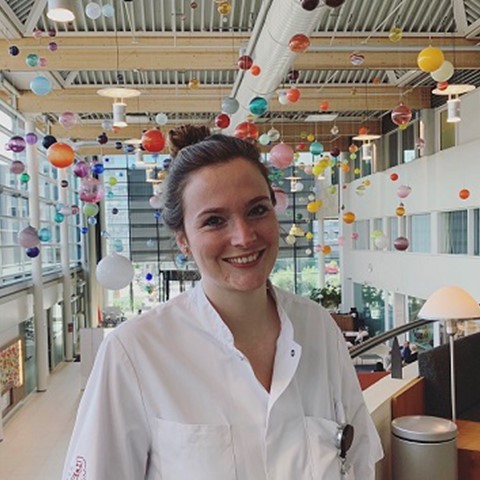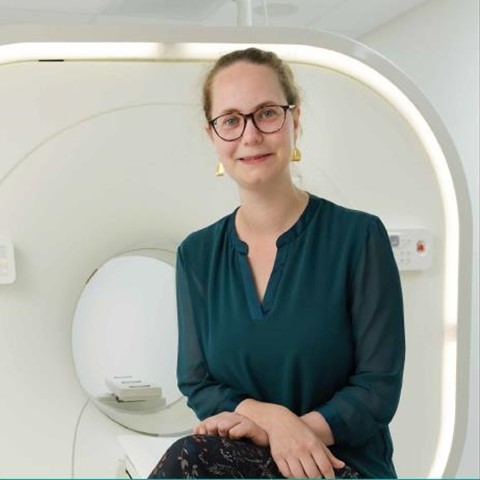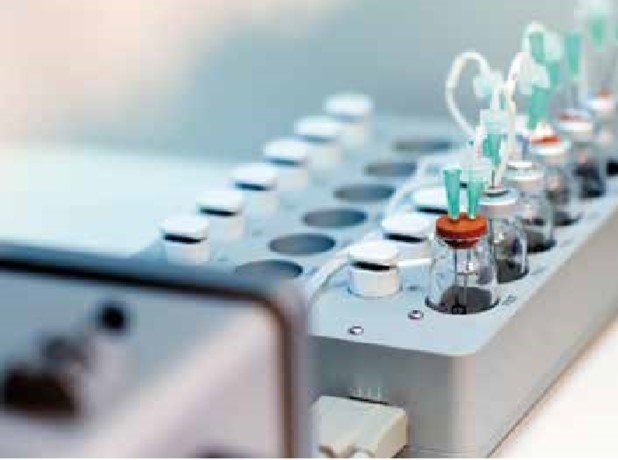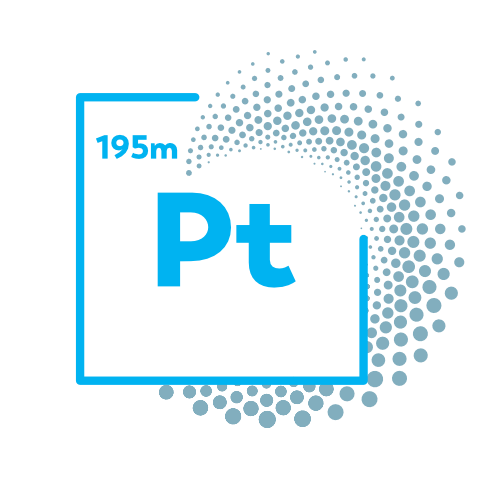CISSPECT: steps towards study in patients
CISSPECT: steps towards study in patients
26 October 2020
For the past few months, pharmacist Jeske Hendriksen has been working as a PhD student in the Antoni van Leeuwenhoek hospital, where she is conducting research into radioactive cisplatin in the CISSPECT project. In this project, she is working alongside technical physician Else Aalbersberg, who has been at the Antoni van Leeuwenhoek for 8 years and involved in the CISSPECT project since the start.
Jeske: ‘I used to work as a pharmacist in a hospital, but I missed doing research. I have always been particularly interested in radiopharmacy and nuclear medicine. And I had also been considering doing a PhD. When I contacted the Antoni van Leeuwenhoek hospital, I heard there was a vacancy. Which is how I came here. I want to show that a pharmacist can also contribute to this research.’
Else: ‘The CISSPECT project started at a time when I was looking for a job. NRG approached Wouter Vogel (nuclear specialist and radiotherapist at the Antoni van Leeuwenhoek). He was shown several isotopes and asked what might be interesting. The 195mPt immediately caught his eye because cisplatin is frequently used in radiotherapy. Several test radiations were performed in Petten, and we did some camera tests in the AvL. And that's how it all started.’

195mPt CISSPECT ([195mPt]cisplatin) is a promising diagnostic tool that could potentially predict the effectiveness of a planned cisplatin treatment and prevent any serious side effects in the kidneys. With CISSPECT, we hope to be able to determine whether the medication is sufficiently absorbed in the tumour and select which patients would benefit from chemotherapy with cisplatin.

What makes radioactive cisplatin so interesting?
Else: ‘Cisplatin is one of the oldest chemotherapy medications still in use, dating back to the 1960s and 70s. It is a tried and tested medication, but not very specific. However, it is applied as first line therapy for patients with lung cancer, head and neck cancer, gynaecological tumours, testicular cancer, etc. In many cases, it is also the most effective treatment method, but 90% of the patients experience side effects. Although research has been conducted into this medication since the 1960s, there is still a great deal we do not know. Why does one patient respond and not another? And could that be established in advance? This is what we want to find out in this project.’
Is this the first time that radioactive cisplatin will be tested on people?
Jeske: ‘In the 1970s up to the 2010s, several studies were conducted abroad with cell lines, animals and patients. However, these were small numbers, and there was no standardised group. Nevertheless, these studies gave us an idea of the possibilities. We now want to take a systematic approach, because we are ready for the next step in this research. The quality of the scans has also improved enormously with the arrival of the new generation of SPECT/CTs.’
How do you feel FIELD-LAB contributes to this research?
Else: ‘We are doing research in the Antoni van Leeuwenhoek, but the platinum is radiated, so made radioactive, by NRG in the reactor in Petten. The cisplatin is then made in the VU University Medical Center with a synthesis module developed by Future Chemistry. Four FIELD-LAB partners are already involved in the research, and an important goal of FIELD-LAB is to form a network with partners who reinforce each other. The first phase of a research project is still small scale, so it is nice when the research can take place at one site. It also means that we do not need a lab in each hospital. By working together, we can save money, time and people, and together you often have the best ideas.’
What are your expectations of FIELD-LAB once the facilities have been built?
Else: ‘I hope that the CISSPECT research will then be so far advanced that it has outgrown FIELD-LAB. However, it does make it possible to continue studying other isotopes and forms of chemotherapy. FIELD-LAB is primarily intended for new projects, to contribute to preclinical studies and the initial phases of the clinical research.’

"I hope that the CISSPECT research will then be so far advanced that it has outgrown FIELD-LAB."

Jeske is currently working hard on setting up a phantom study. In this study, the human body with tumours, in this case balls with radioactive cisplatin, will be simulated and then scanned on the SPECT/CT.
Jeske: ‘Through this phantom study, we will see what the platinum looks like on the image and establish the quality of the scans. It is a huge challenge, because there are no descriptions about the optimal settings for the SPECT/CT for this new isotope. Choices need to be made and sometimes we need to do some brainstorming, but that's what makes it so interesting!’
When do you expect to involve patients in the Netherlands in the study?
Jeske: ‘We are hoping to start these trials next year. Because of the coronavirus pandemic, most of the research at the AvL and VU Medical Center, where cisplatin is made, was suspended. So the final tests for the product dossier could not go ahead. Things are starting up again now though, and we can resume the research.’
In an ideal situation, where do you hope to be with the research in eighteen months' time?
Else: ‘I hope that we can then conclude that the radioactive cisplatin that we make in the Netherlands is of a high quality and that it is safe for our patients. That it produces an acceptable dose for diagnostic examination, that it results in imaging that a nuclear medicine physician can use and that this data can be used to take the next step.’
More information?
Do you wish to learn more on radioactive platinum and how FIELD-LAB can help you? Get in touch with us!

